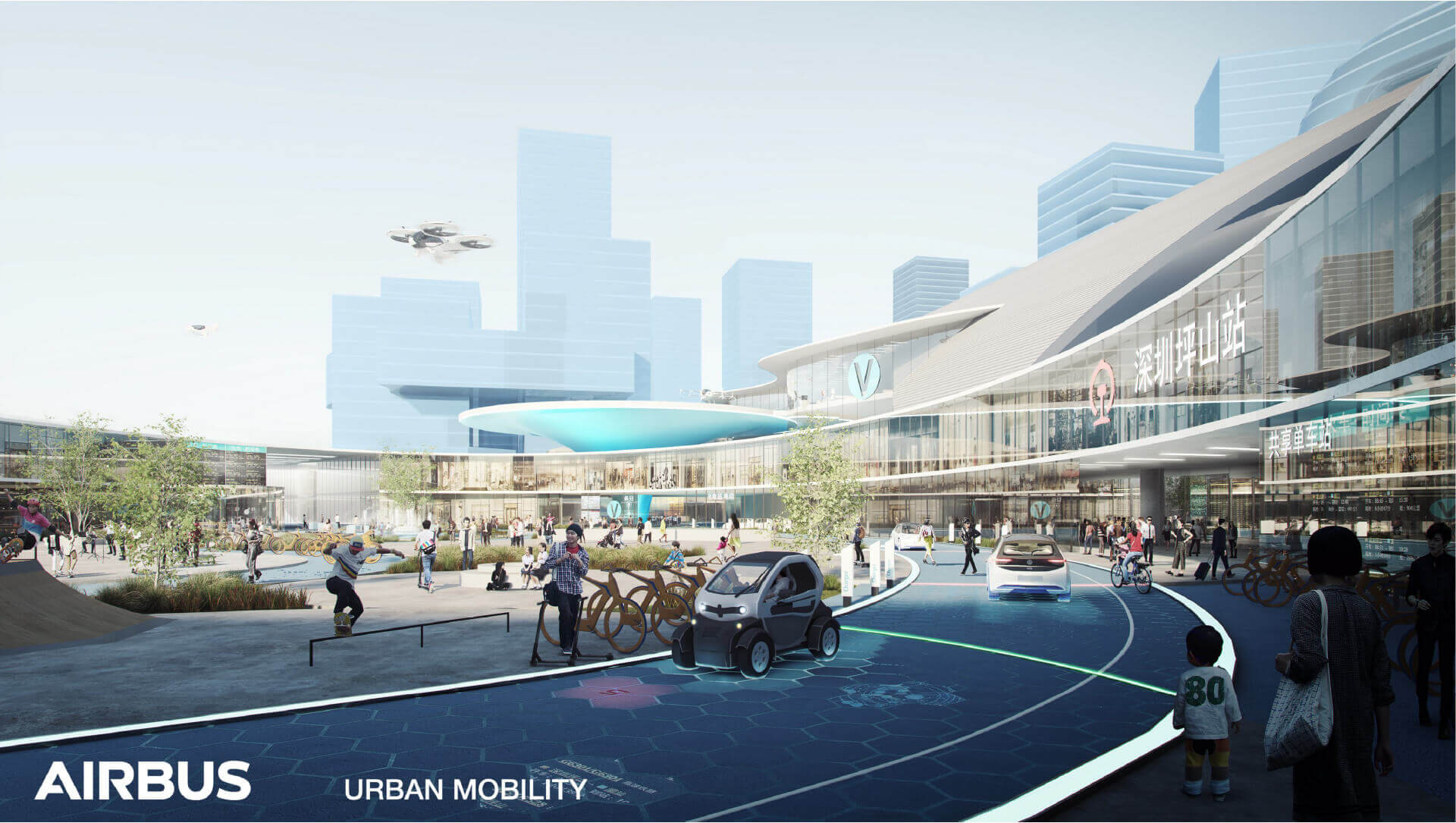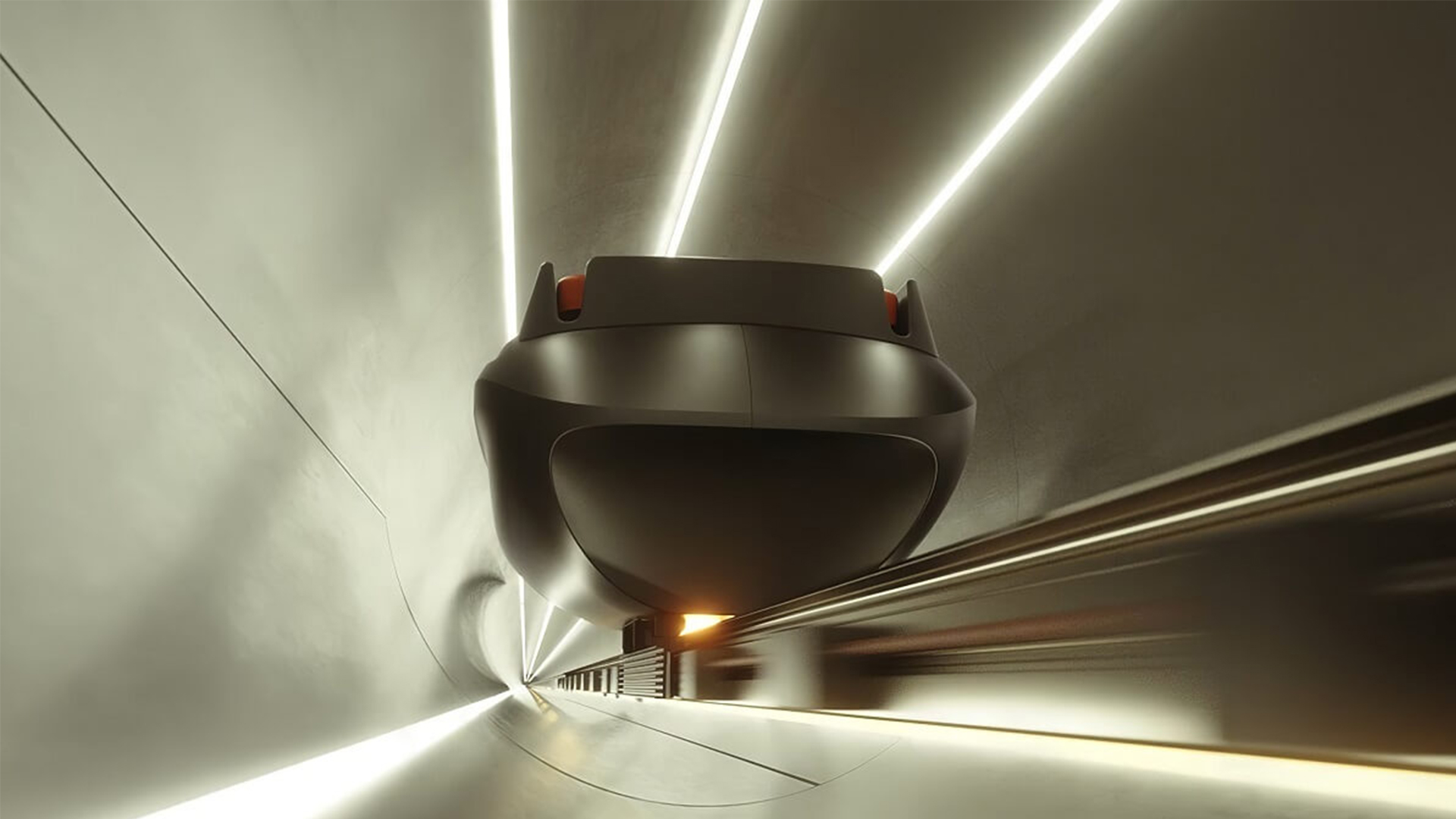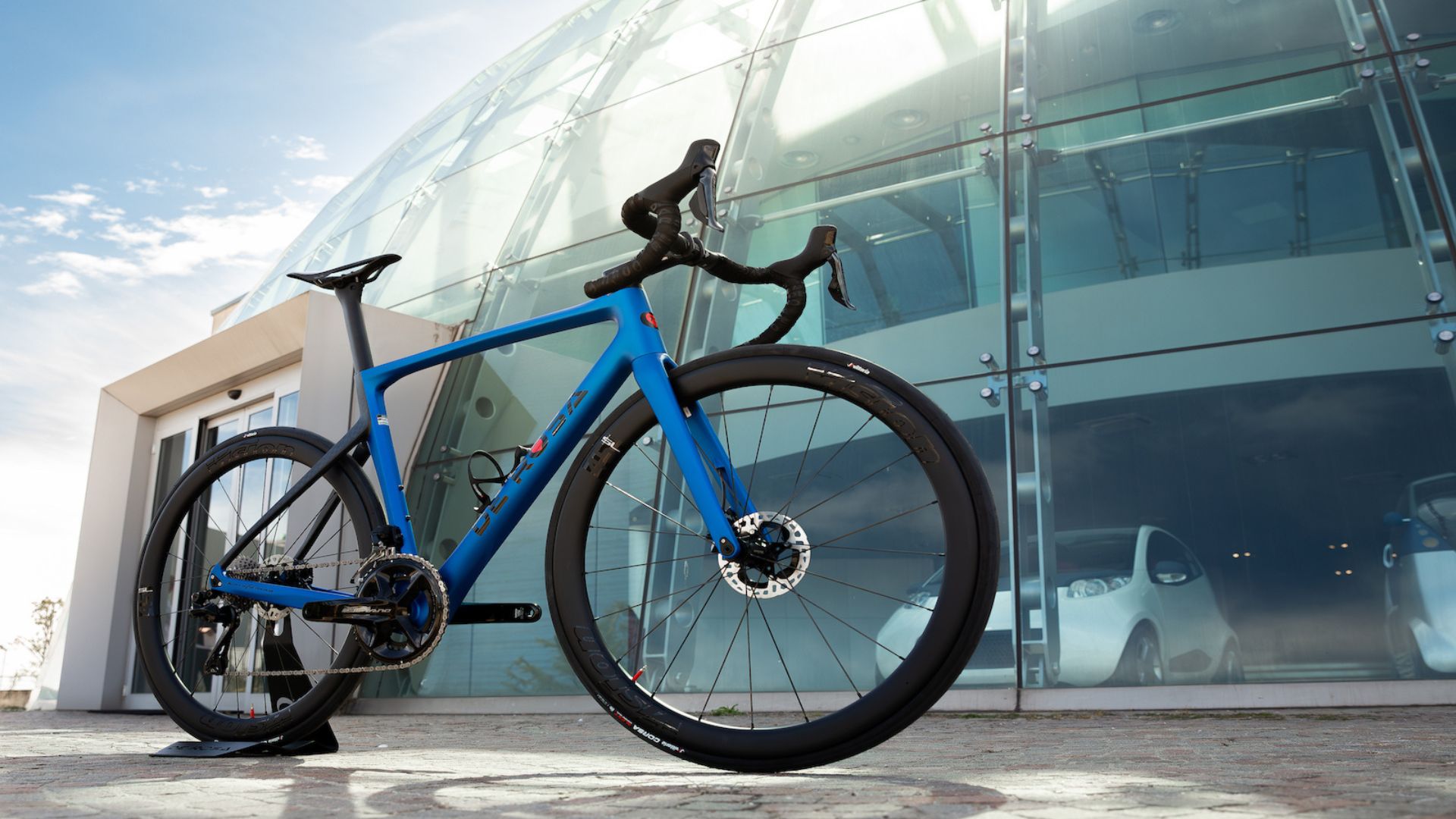Dromos promises high-volume mass transit with electric autonomous vehicles
PriestmanGoode designs a new vision for modular vehicles to run on a closed-loop autonomous network transit system by Dromos Technologies.

The proportion of people across the globe who live close together within cities is on a constant upward trend. This brings the daily challenge to efficiently move large numbers of people on their various paths around the cities. Sustainable and efficient mobility solutions are elusive. Dromos observes that most RideShare and autonomous vehicle proposals will not meet the capacities required.
The vision was instigated by Munich based autonomous network transit firm, Dromos Technologies. An international competition for the visual design of their vehicles was run, and PriestmanGoode appointed, based on their standout solution which met both user and business needs.
Gallery
Open full width
Open full width
The minds behind Dromos – PriestmanGoode
PriestmanGoode is a London based design consultancy, which specializes in transport, infrastructure, hospitality, and product design. It is headed by Chairman and designer Paul Priestman, but there are a total of six directors and the company is employee-owned. Everything PriestmanGoode does is in-house, and they take projects from initial concept through to final specifications for production. They produce future thinking, design-driven projects, and consider design a strategic tool that improves the way things work.
PriestmanGoode has paired with many major air carriers internationally. They designed the entire United Polaris business class flight experience for United Airlines, as well as trains for the New Tube for London. Their list of awards is extensive and includes the Queen’s Award for Enterprise: International Trade.

Materials & Techniques – A closed-loop system with versatile modular vehicles
Dromos set some parameters for the vehicle design. Principles of innovation, modularity, sustainability, convenience, versatility, and maintainability were the framework. Of course, the vehicles also had to be safe, reliable and affordable. PriestmanGoode designed practical, versatile vehicles which seat two people facing each other. Step-free access, wide doors, and flexible interiors accommodate bikes, luggage prams, and wheelchairs easily. The modular design ensures it is easy to manufacture and perform maintenance.
The ample glass windows and skylight are patterned with a reflective coating that reduces solar heat absorption. Whilst the moulded seats use sustainable and easy to clean materials. The underlying system by Dromos is a closed-loop network of autonomous electric vehicles that run on their own dedicated infrastructure. This allows a safe and fast service which operates around the clock and is available on demand. They offer a non-stop service between two points and stops within 100m of any location and direct into buildings. The network transports both passengers and freight.

The anticipated benefits compared to conventional mass transit systems like rail, metro, and bus systems are numerous. As well as providing passengers with privacy and comfort, the system is quicker and less expensive to construct and operate. It also takes up less space, is CO2 neutral at point of use, and ultra-quiet.
Style & Aesthetics – ‘Approachable minimalism’
Every last detail of the vehicle design has been considered. There is nothing included that does not add to the functionality, passenger comfort, or maintainability of the vehicles. PriestmanGoode calls this ‘approachable minimalism’. The interior is the clear priority, and the exterior boxy to ensure maximum usable space within. Corners are softened into curves and the floor rests low between the wheels.

Colors, materials and finishes
PriestmanGoode has a dedicated Colour, Material, and Finish (CMF) team. Materials and color palettes are recognized as key elements which shape user experience and communicate brand values.
Head of CMF, Maria Kafel-Bentkowska notes that recent events have shifted priorities strongly towards hygiene. PriestmanGoode is working with suppliers to push materials to meet strict hygiene standards for Dromos, whilst still ensuring sustainability.

Design memento – User-focussed design
Rather than focus on the guiding principles of the brief, PriestmanGoode approached the vehicle design from the perspective of a passenger. As Creative Director Dan Window describes: “We thought about what types of passengers would use the vehicle, what they would carry, what they would do, what accessibility requirements they might have… it’s been designed from the inside out. Every element has been considered to ensure that Dromos is flexible and suitable for a wide range of users.”

The writer’s comment – Dedicated infrastructure make the difference
What makes Dromos different is that it will run on its own dedicated infrastructure. No getting mixed in with regular traffic and having to negotiate what actual human drivers do. Plus, designated stops will eliminate the confusions that plague current RideHail and RideShare systems. PriestmanGoode and Dromos Technologies are currently finalizing the design for production.
















